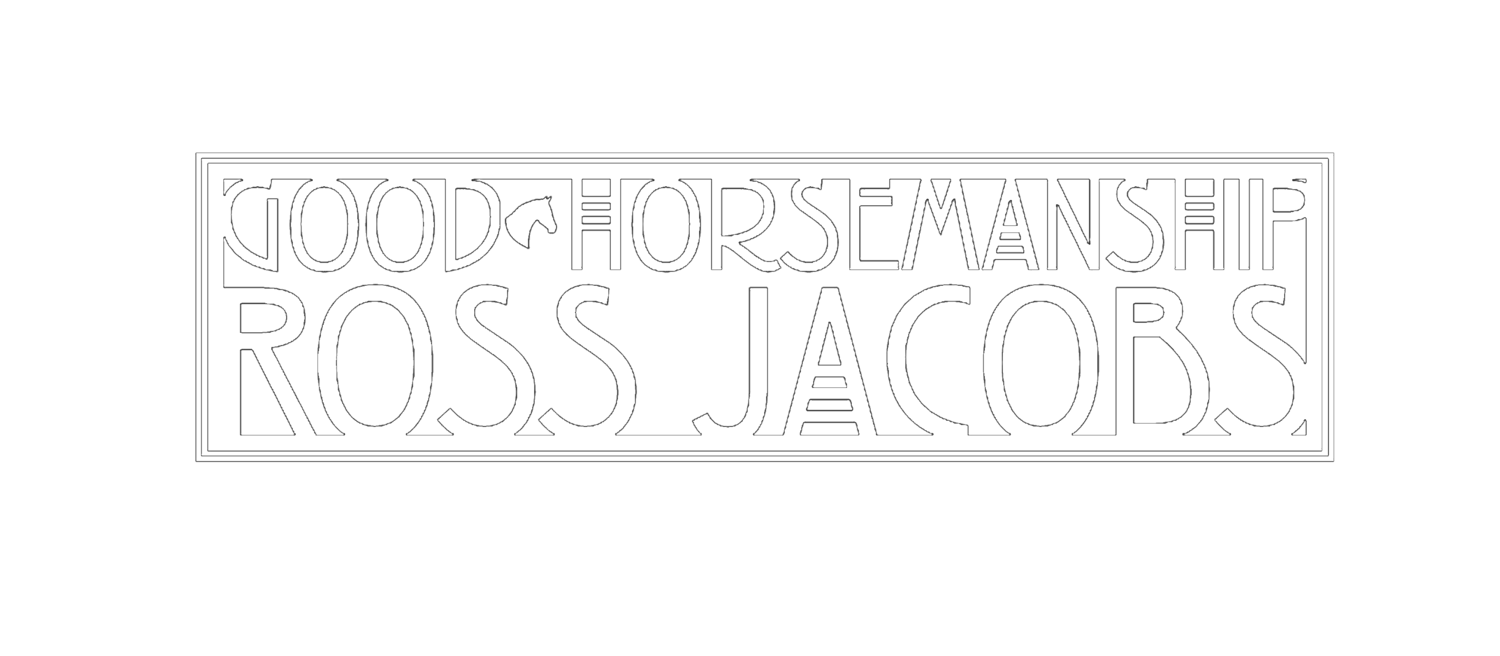Today I want to discuss the term “balance” and what it means in the context of training and horsemanship. Just to clarify, when some people use the term ‘balance’, they are referring to a horse’s physical balance and how to adjust a horse’s posture to influence the centre of gravity. This is not what I want to talk about today. I want to discuss the role of applying a balance of pressure to the benefit of clarity and communication.
One of the most often taught concepts in the horse training world is how important feel, timing, and balance are to achieving great success. However, it’s hard to find a detailed breakdown of what each of these elements actually means. Sometimes a guru will preach on feel and timing, but I can’t recall ever coming across a discussion of balance. It’s like it is the poor cousin nobody wants to talk about.
So what is meant by the term “balance” in the context of feel, timing, and balance?
I can only give you my view and you could probably ask 20 trainers and get 20 different answers, but I’ll risk it and take the plunge.
In the context of feel, timing, and balance we are not talking about balance in the physical sense where the centre of gravity of a horse is at its most stable. That’s a different sort of balance. When talking about balance I am referring to the “how much” phenomenon. It’s the Goldilocks syndrome. Did I use too much pressure or too little pressure or was it just right? Am I too early with my release or too late or was it just right? How much bend do I require or how much inside rein versus outside rein should I apply? The correct balance is when the scale is not tipped one way or the other for the job being asked.
It could be argued that if we do too much or too little we can correct in a microsecond, so how important is the correct balance? It’s important because when we have the balance just right, we are being as clear as we possibly can with our communication. The clarity that balance brings is a big part of a horse finding comfort and calmness in the work.
Most of you have probably heard the aphorism, “Make the right thing easy and the wrong thing less easy.” It has formed the basis of a lot of preaching that goes on in clinics around the world. When done with the correct mindset, I think this concept offers a clear road to success. However, I have to say that as an observer of a lot of clinics, I have witnessed many people miss the point of this saying. Too often I have noticed some horse people approach their work by making the wrong thing hard (or even impossible) and the right thing less hard. No horse wants to work in such an environment. In good horsemanship, we should focus on making the right thing as easy as possible and not focus on making the wrong thing as hard as possible.
I think the problem stems from a lack of understanding about balance. I mean, how “less easy” do we need to make something to encourage a horse to search for a different response? And how “easy” do we need the correct response to feel like that would encourage a horse to want to repeat that response? That’s the art of good balance.
A skilled horse person offers a good balance in everything they do with a horse. The power of good balance is to have the horse believe its response was not imposed on him, that it was his choice because clearly it was a great choice to make. When we impose decisions on a horse they begin to dread the work. But when they feel that there is nothing but rewarding choices in front of them, work is not quite so burdensome. Good balance allows us to offer a horse choice, but sneakily make sure the option we want the horse to choose is slightly weighted in our favour.
In a nutshell, good balance is the halfway mark between too much and too little. It will vary from horse to horse and task to task. Plus, what is good balance right now can change in a very short time. Good balance helps bring clarity to what is being asked of the horse. And good balance takes some of the horse’s feelings of being worked out of the work.
There is one final point I want to make. Perhaps some of you have glimmered that balance is intricately linked to the other components of training – feel and timing. We need to have balance in the way we apply our feel and timing and at the same time, there must be feel and timing in the way we apply balance. In essence, the three parts of feel, timing, and balance only work as a whole and cannot be applied separately with expectations of success.
We should aspire to work horses by balancing the scales between too much and too little.

